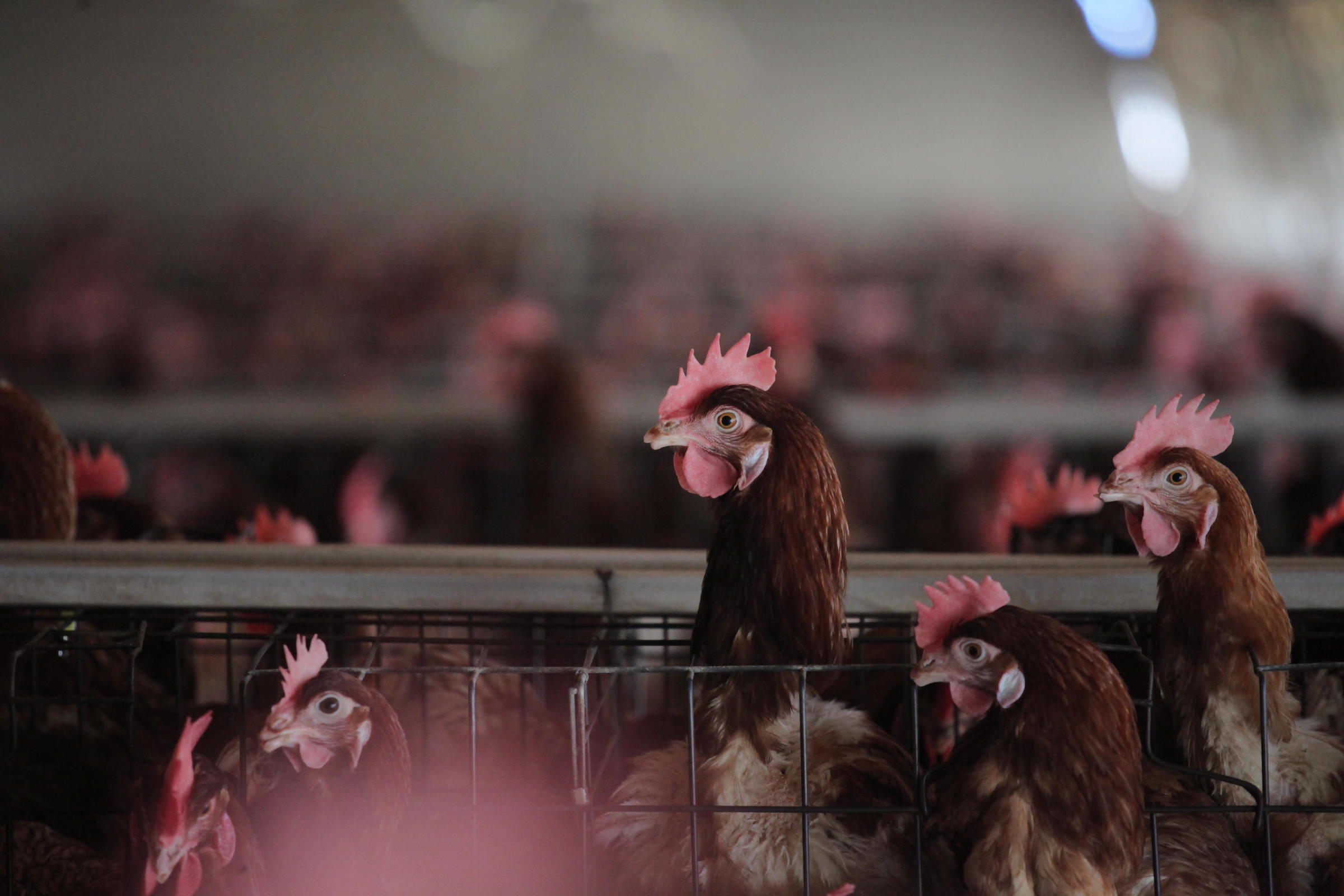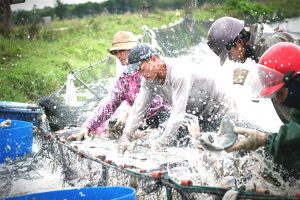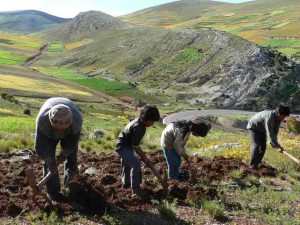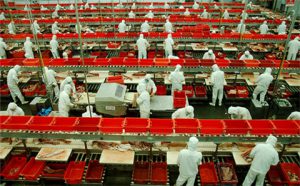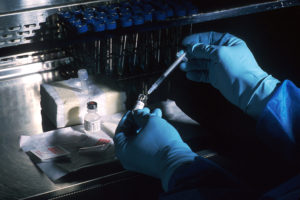China is the world’s top producer of chickens and eggs. Each year, a staggering nine billion chickens are raised for meat and 2.7 billion laying hens produce nearly 500 billion eggs. Given the country’s huge population, individual consumption translates into enormous pressures on the environment. But these costs are mostly hidden as most of China’s chickens are locked inside medium to large scale “factory farms” that are inaccessible to the public.
In the Year of the Rooster, China should take the opportunity to assess the true costs of industrial factory farming and the overconsumption of meat.
Chicken is considered the most resource-efficient source of widely-eaten animal protein in the world but its water footprint is considerable. A World Wildlife Fund (WWF) survey of chicken producers in China estimated that every “broiler” chicken raised for meat requires 19.4 litres of water. This means that China’s nine billion broilers need an eye-popping 175 billion litres of water annually, enough for one million people living in Beijing.
WWF’s estimate excludes water used in feed production, which is usually the biggest consumer of water in animal farming. China is the world’s largest consumer of feed ingredients, and relies heavily on imports from Latin America, Australia, Eastern Europe, and the US, to supplement its domestic production. In 2015, US soybean exports to China were valued at more than US$10 billion.
On average, one broiler in China yields 1.4 kilogrammes of meat whereas in the US it’s two kilos. To catch up on the production efficiency and reduce resource intensity, China is intensifying its chicken production but this creates a number of environmental problems; not least the concentration of animal waste; epidemic diseases like avian flu (a problem that bedevils the US poultry sector); overuse of antibiotics in routine production cycles; the loss of genetic diversity; and poor animal welfare. Industrial production also makes it difficult for small and ecologically-oriented producers to compete, crowding them out of the marketplace.
Greenhouse gas emissions from poultry and egg production worldwide account for 9% of the livestock sector’s overall emissions: 7.1 gigatonnes of carbon dioxide equivalent a year. As the top producer of chickens and eggs, China’s domestic consumption has a significant effect on total emissions. Increasing rates of obesity, diabetes, and heart disease due to overconsumption of animal protein, principally in urban areas, are a growing challenge for China’s health system and individuals’ quality of life and longevity.
The environmental consequences of chicken farming are also beginning to attract public attention. More consumers are demanding ecologically produced “green” foods that are considered safer for human health and better for the environment. This demand is encouraging some producers to shift to organic and free-range practices. Aware of the various impacts of meat production, some government agencies are also encouraging the public to eat less meat.
Businesses are also getting involved. Vinod Khosla, Bill Gates, Li Ka-shing, and US poultry business Tyson, have invested tens of millions in plant-based alternatives to meat and eggs.
Such changes are welcome but more action is needed to ensure that the environmental, social, and public health costs associated with production and consumption of animal products are recognised and dealt with. Could the Year of the Rooster see the birth of such an effort?
The Ministry of Agriculture foresees further growth in the consumption of chicken and eggs at least through 2024, along with a shift to large-scale production of chicken, most likely in factory farms.
The use of more technology and better management skills may cut down on freshwater usage, improve waste management and lessen environmental impacts such as water pollution and greenhouse gas emissions. It could also improve conditions for chickens by reducing routine mutilations, extreme confinement, and the crowding that increases the risk of epidemic outbreaks. But increasing production also means pressure to expand feed production, which can displace forests and grasslands, increase the use of fertilizers and pesticides, and contaminate freshwater sources.
In the Year of the Rooster, it remains to be seen whether the government will acknowledge the consequences of mass industrial chicken production and take action to ensure responsible production. China has an opportunity to lead in a direction that other countries could follow. It should cut subsidies for large meat processing companies that operate through restrictive contracts with farmers, increase support for small scale family farms to help them manage risks and connect to consumers, and enforce laws and regulations on waste treatment and water quality. It should also pursue concrete implementation of the policy on reducing meat consumption by promoting more sustainable food purchasing in schools, government offices, and other large institutions.
